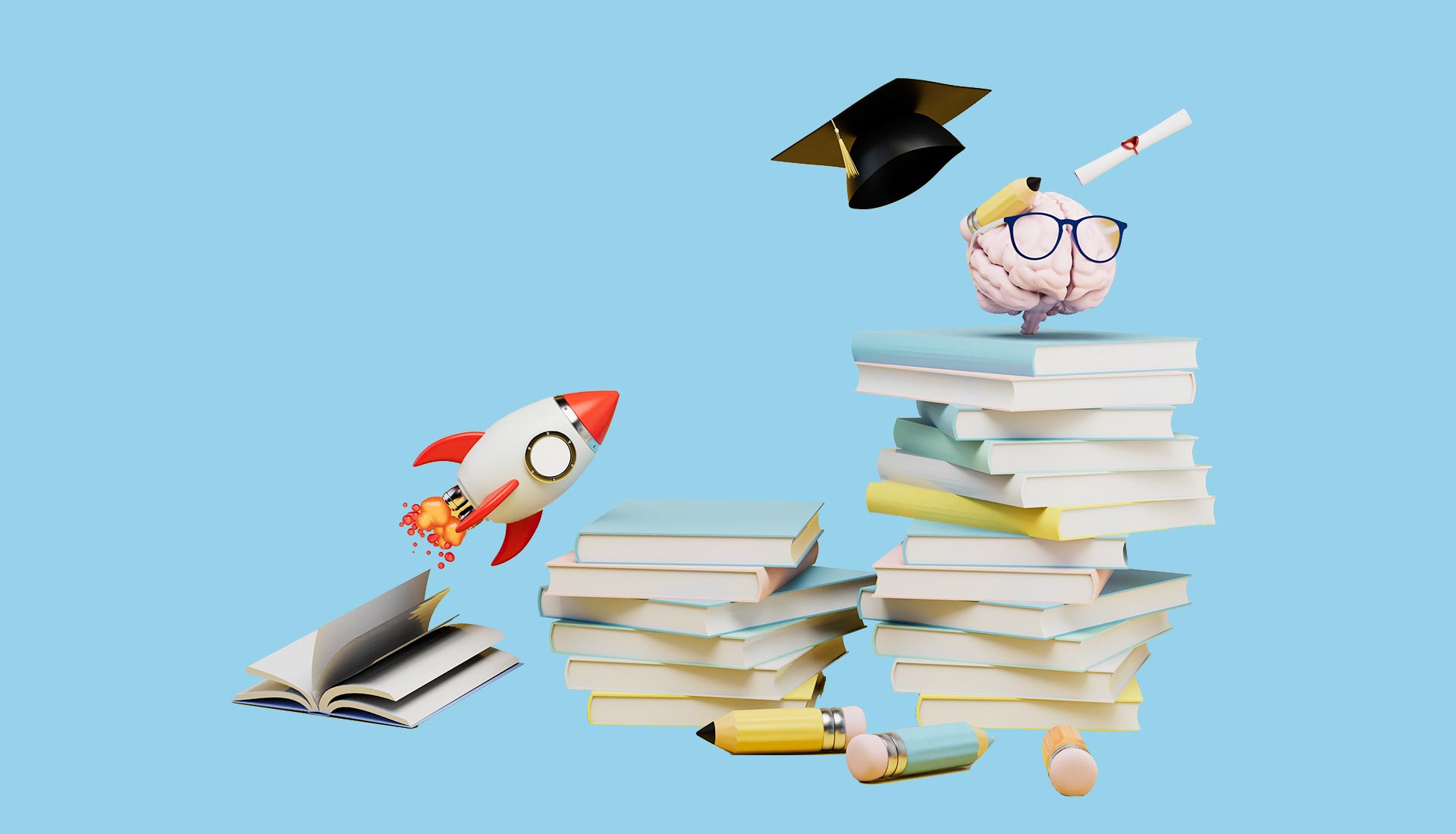When I sat down to write this first newsletter, I immediately became overwhelmed. Not about writing it, but about choosing the topic! I have been applying behavior science to instruction for almost 30 years. I have made countless discoveries about how to effectively accelerate learning outcomes with every kind of learner. So, choosing one thing to talk about in my first newsletter posed a pretty big challenge for me!
I finally decided to start at the beginning. For you to truly understand why my instructional approach is so effective, you must first understand the science behind the learning process. As human beings, we have evolved to learn in lawful ways that are largely determined by interactions with our environments. Today, I am going to give you the “quick and dirty” on behavior science and how it can be applied to instruction.

Behavior Science Basics
When you hear the term “behavior science” you probably don’t automatically think about learning, but you should! Behavior science is, in fact, the science of learning. Through the study of behavior over time, behavior scientists, like me, have discovered the variables that enhance or interfere with the learning process.
What is behavior?
Behavior is anything we “do”.
- Reading
- Performing mathematics
- Writing
- Playing sports
- Playing a musical instrument
- Thinking
These are all examples of behaviors that human beings learn to do via the learning process. You can also think of behaviors as skills.
What is learning?
Learning is the change in behavior over time. Behavior can either increase or decrease as a function of the learning process. When behavior increases, it gets faster. When behavior decreases, it gets slower.
How do we know if behavior is increasing or decreasing?
In behavior science, we measure behavior as rate or count per time. For example, 60 math facts solved per minute, 150 words read per minute, 40 shots on goal per minute, 200 notes played per minute – these are all examples of behaviors measured as rate. When behavior increases, the rate increases. When behavior decreases, the rate decreases.
How does learning occur?
Learning occurs through the repeated reinforcement of behavior over time. Reinforcement is any consequence that makes behavior more likely to occur again. Reinforcement is not the same as a “reward”. Reinforcement increases behavior. Rewards might be fun, but they don’t necessarily increase behavior.
How do we know learning is occurring?
The only way to know learning is occurring is to measure behavior over time! By measuring the rate of behavior across days, we can determine if that behavior is increasing, decreasing, or staying the same. If it is an adaptive behavior we want to strengthen, then we design repeated, reinforced practice opportunities and measure the behavior every time it is practiced. If it is a barrier behavior that we want to decrease, then we identify an alternative behavior for the learner to practice instead. We measure the alternative behavior over time to see if it’s increasing, and we measure the barrier behavior over time to see if it’s decreasing.
Practice, Practice, Practice!
We’ve all heard that “practice makes perfect”, but this common colloquialism has a scientific basis! As the repeated practice of a skill is followed by reinforcement, a neurological process simultaneously occurs. It is the repeated, reinforced practice of a skill that leads to new and permanent neuropathways forming in the brain. This symbiotic relationship between behavior and neurology defines the learning process.

Fit Learning Online
The principles of behavior science I just described guide my instructional approach and lead to its profound effectiveness.
- We measure the rates of every single skill our learners perform during timed practice periods.
- These rates are then graphed, or charted, on a specific tool that allows us to make important predictions about learning (see image above!)
- From these predictions, we can make important decisions like whether an instructional change is required, whether the skill is mastered and whether the mastery of one skill is leading to improvement in other related skills.
It is our adherence to behavior science and the ongoing measurement of skills that leads to the transformative outcomes we produce with every learner enrolled.

You can learn more by listening to my podcast interviews or reading my book. These and many more resources can be found on my website www.drkimberlyberens.com.
Click the Find Out More link below to schedule a call with one of our experts and find out how an enrollment with Fit Learning Online will change your child’s life.
To your child’s future successes,
Dr. Kimberly Berens


